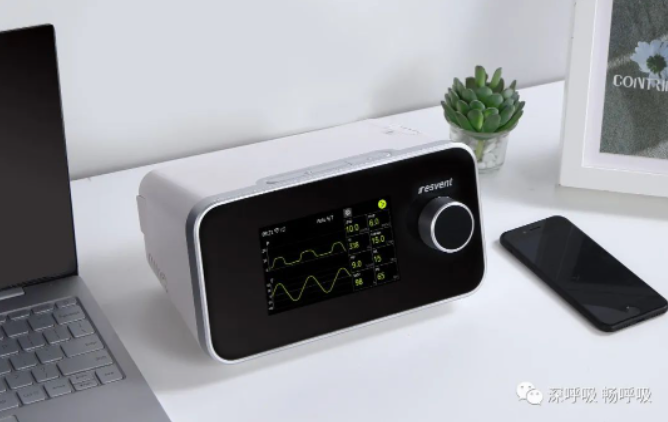Tel:
0755-23027370
Understand Chronic Obstructive Pulmonary Disease(COPD) Correctly.
Chronic Obstructive Pulmonary Disease (COPD), also known as chronic obstructive airway disease, is a common chronic respiratory disease characterized by persistent airflow limitation and corresponding respiratory symptoms.
It is usually associated with significant exposure to harmful particles or gases such as cigarette smoke and tends to develop in the middle-aged population, with higher incidence in rural areas during the cold autumn and winter season.
In 2018, the first national adult lung health study in China clearly showed that there are nearly 100 million people with COPD in China, with more men than women and rural areas being more affected than urban areas. According to the Global Burden of Disease study, COPD ranked as the third leading cause of death worldwide in 2020, and was the third most common cause of death and disease burden in China.
Airflow limitation and airway obstruction are the most important pathophysiological changes of COPD. The most common and main cause of COPD is long-term smoking, and long-term exposure to occupational dust and chemicals can also increase the risk of COPD.
The main symptoms of COPD are chronic cough, cough, and shortness of breath, which are often neglected by patients. Early COPD patients may have no obvious symptoms, but the symptoms become more severe as the condition progresses. Coughing symptoms usually appear slowly and persist for many years, with morning and night cough being more severe. Cough is usually a accompanying symptom of cough, with white viscous phlegm as the main component, which is often coughed up in the morning when symptoms are alleviated after severe attacks; Later, shortness of breath becomes the main manifestation of the disease.
Shortness of breath or dyspnea is one of the characteristics of COPD, which occurs early in patients who experience shortness of breath only during exertion, but gradually worsens until normal activities or even rest make them feel breathless. Activity-induced shortness of breath is a "hallmark" symptom of COPD. Some patients have obvious chest tightness and shortness of breath, which are not specific symptoms of COPD and are commonly seen in severe or acute exacerbation patients.
If COPD progresses to the severe stage, the patient's symptoms will seriously affect their normal life. Many patients will also have carbon dioxide retention, which can lead to high carbon dioxideemia and serious coma or even death in severe cases.
If patients cannot breathe oxygen to improve through inhalation, they need to use ventilators. Using ventilators can timely improve patients' ventilatory function by allowing patients to breathe more and expire more during inhalation and exhalation. For example, normal inhalation or expiration volume is 500 milliliters (tidal volume), while COPD patients breathe only 300 milliliters at a time. The role of ventilators is to increase patients' tidal volume from 300 to 500 milliliters.
Home non-invasive ventilators are also known as "dual-level ventilators". These ventilators provide two different levels of pressure when patients inhale and exhale. When patients inhale, the ventilator outputs a higher pressure gas to help the patient breathe smoothly into the lungs; when patients exhale, the ventilator actively reduces pressure to create a pressure difference, which allows patients to exhale excess gas from their alveoli through the pressure difference and complete gas exchange smoothly.
